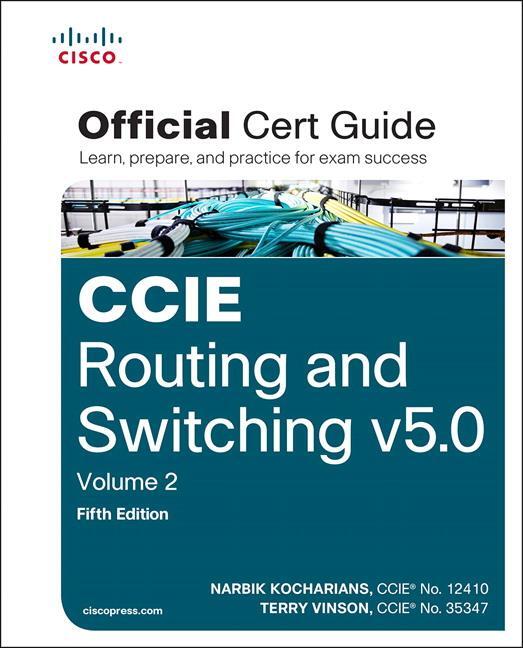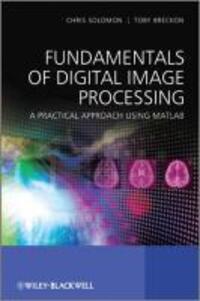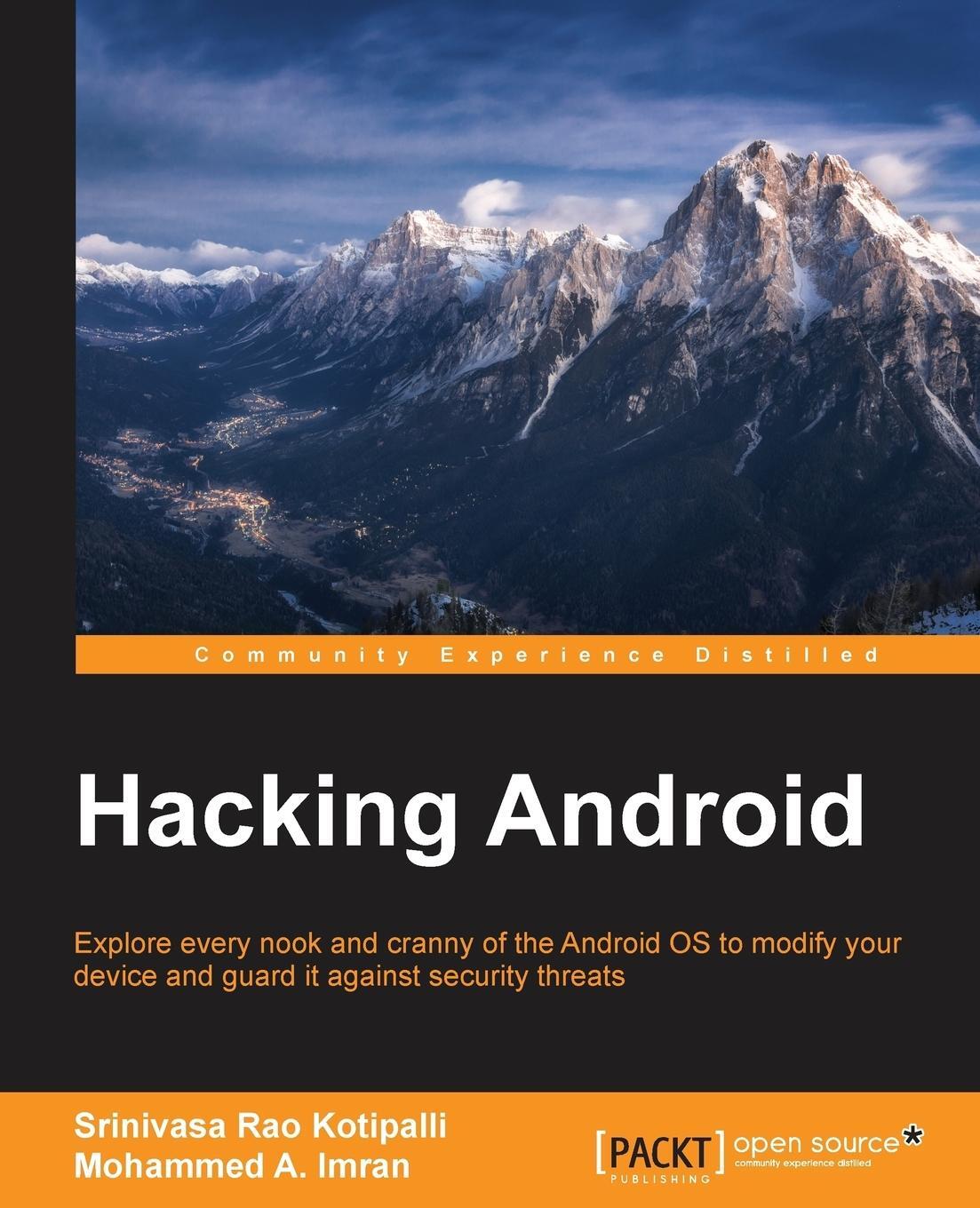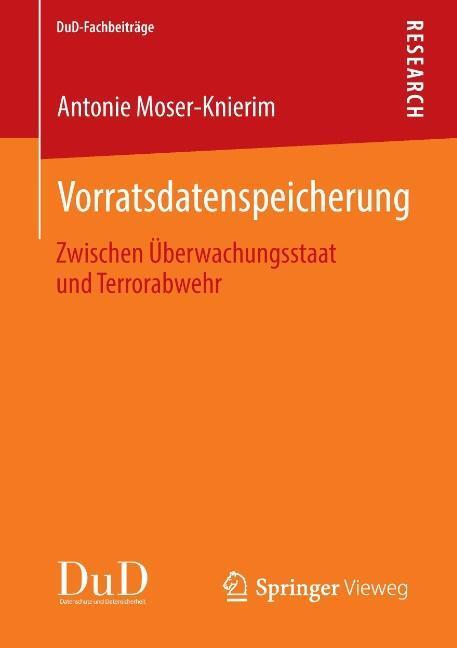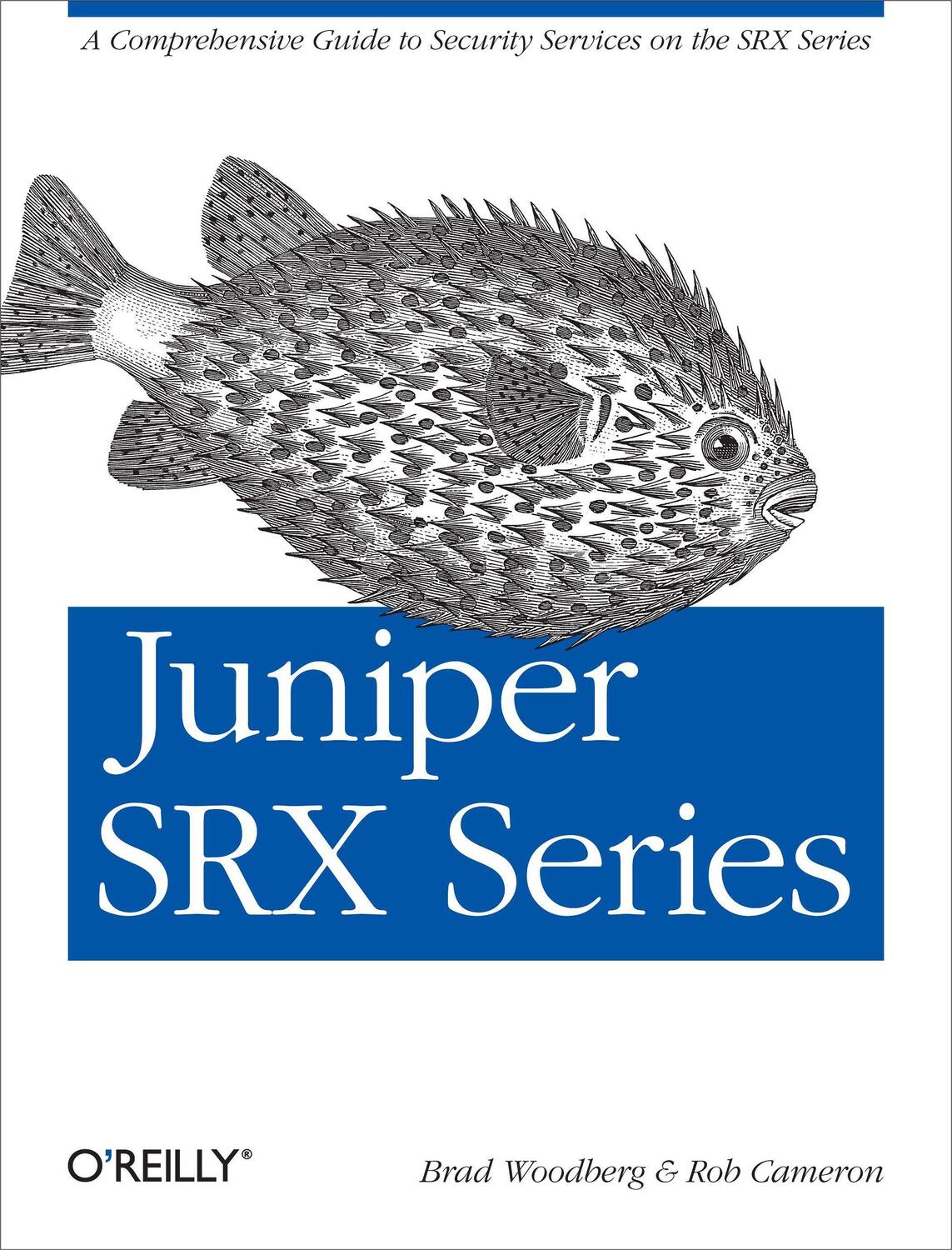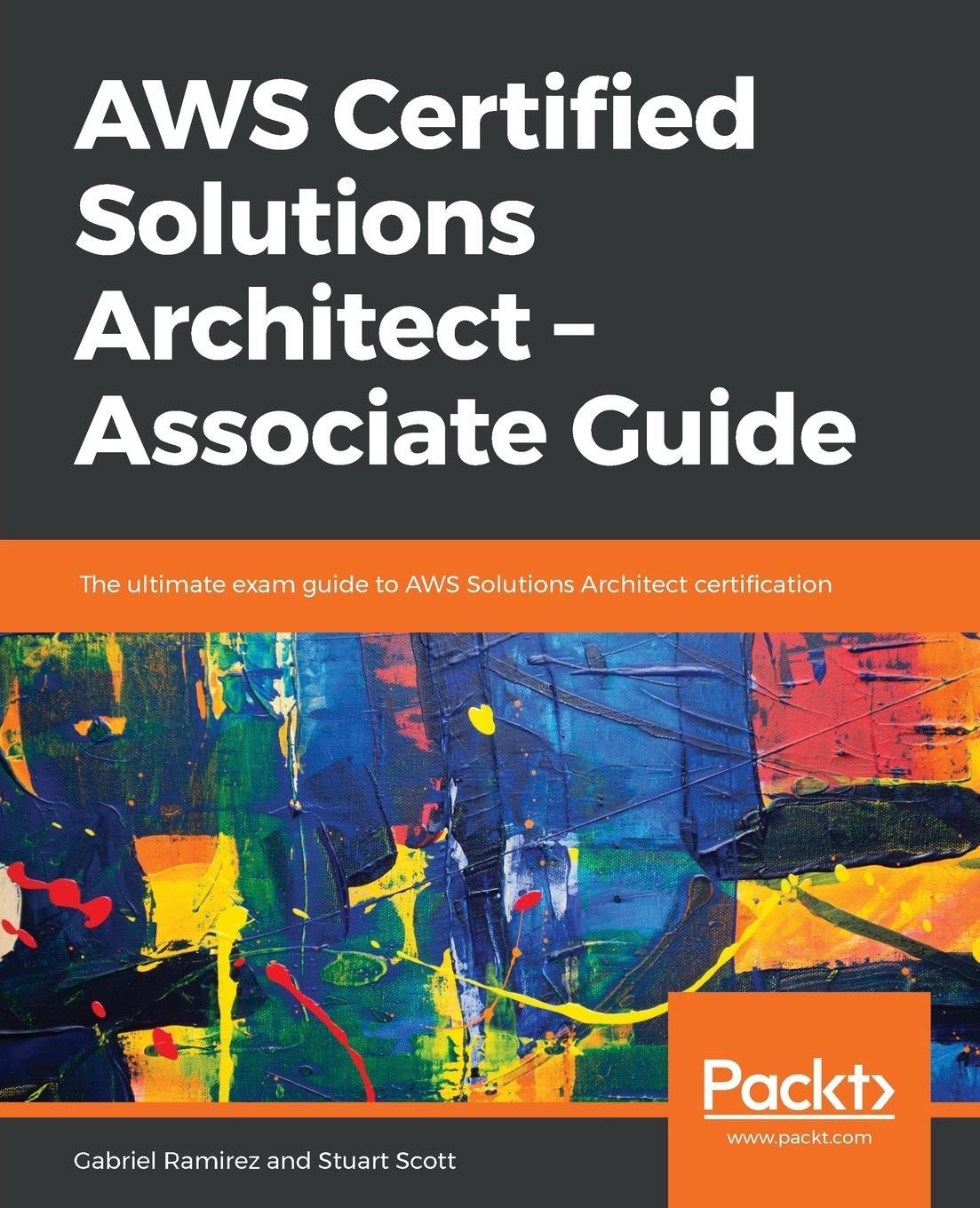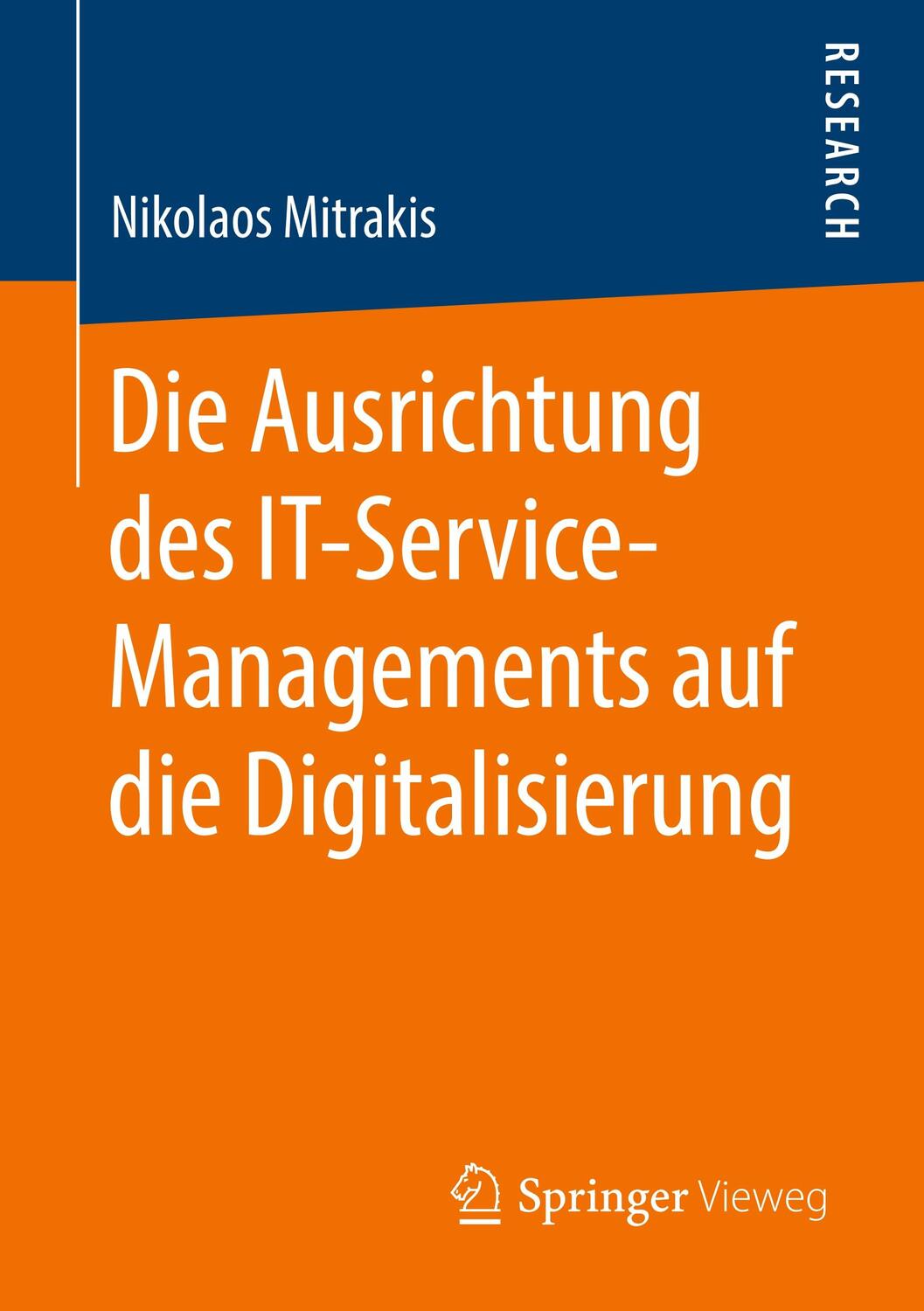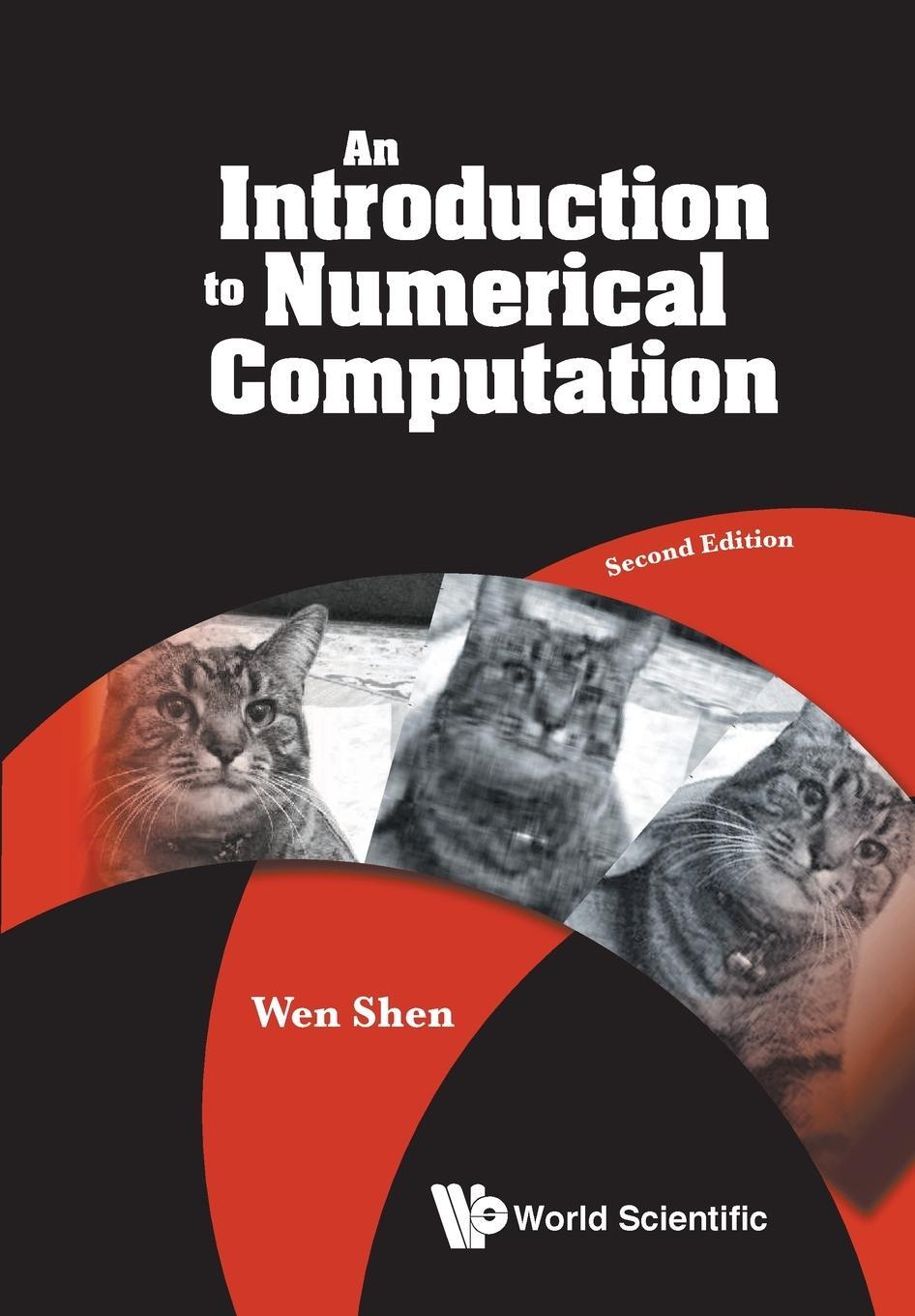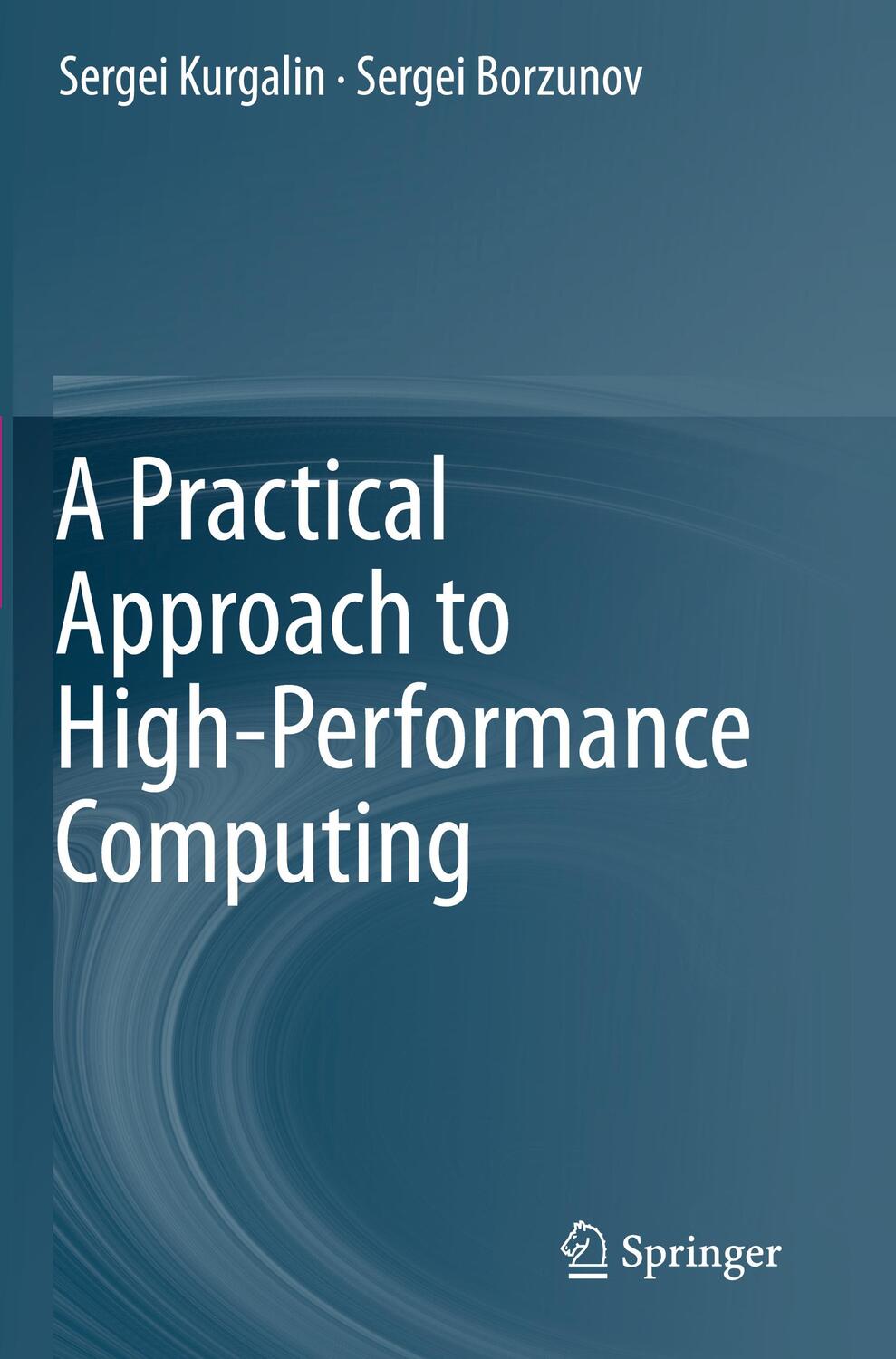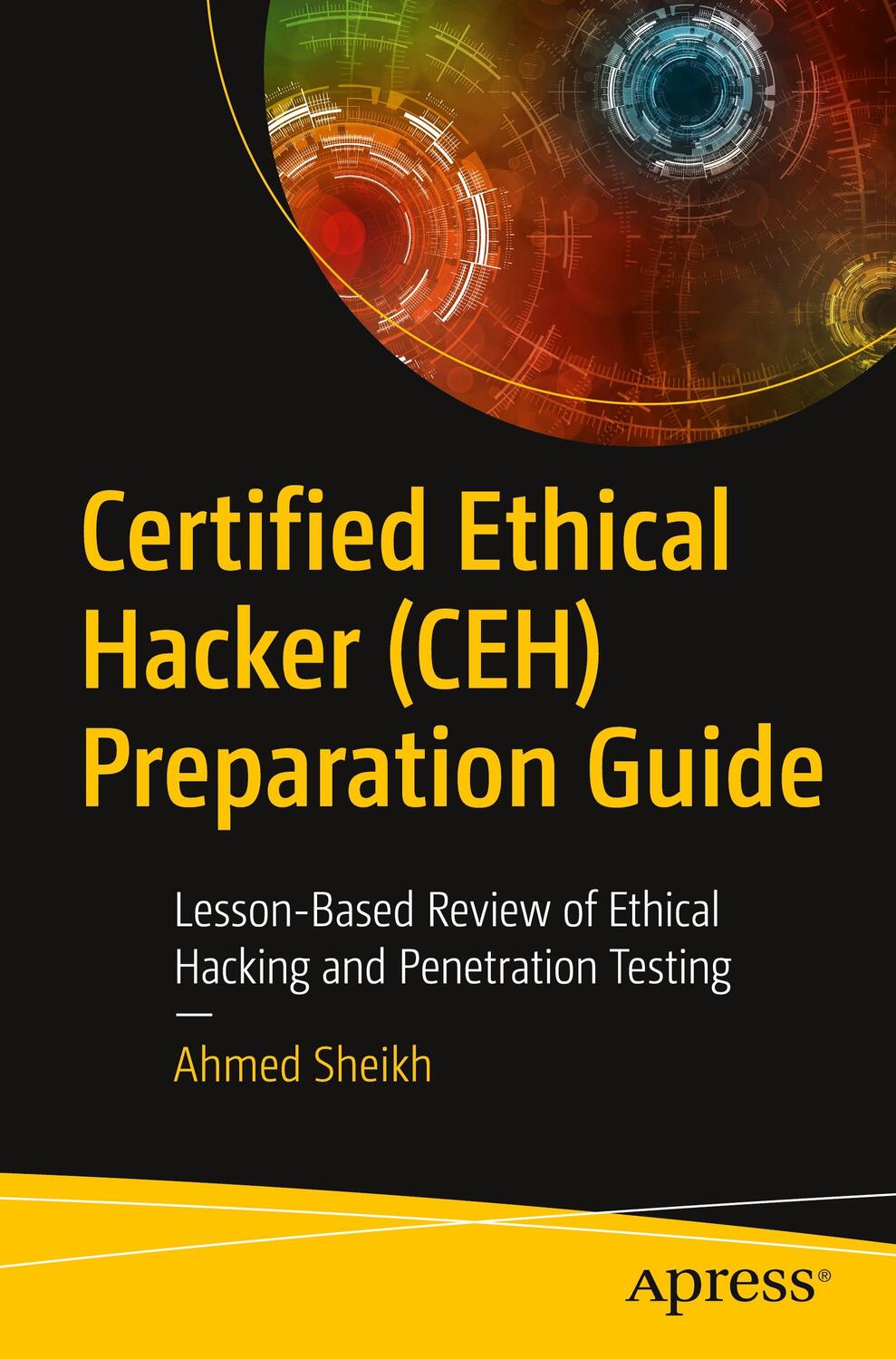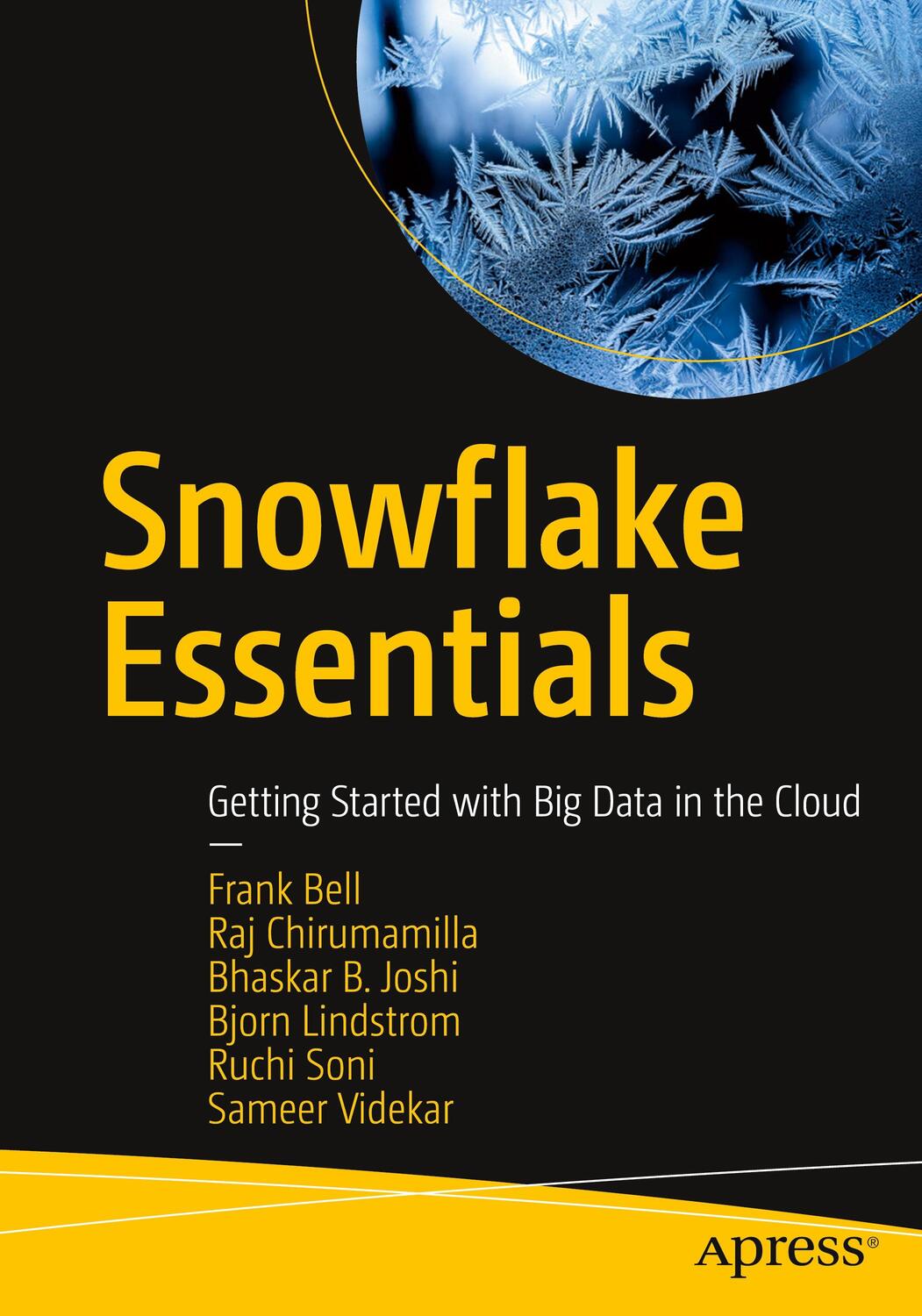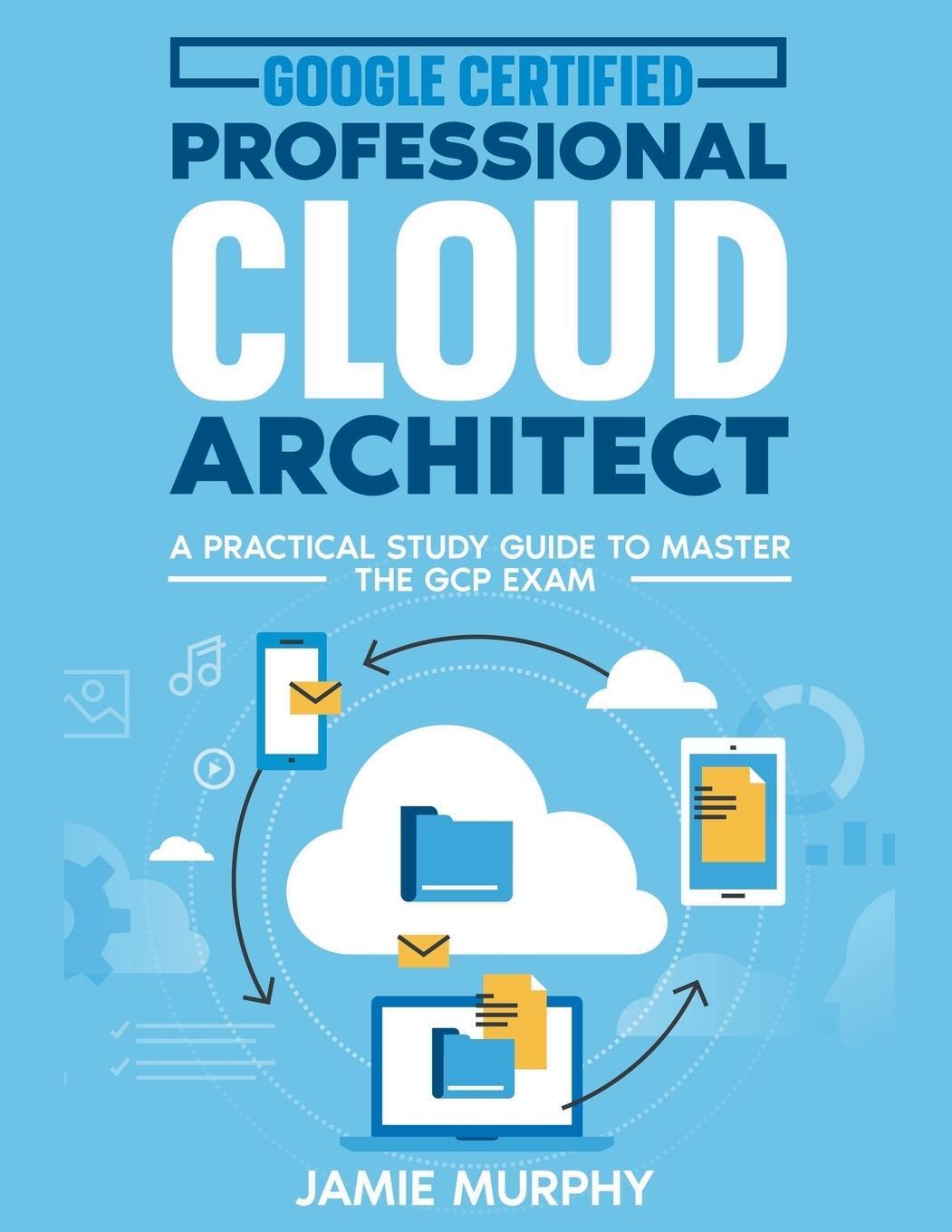Dekorationsartikel gehören nicht zum Leistungsumfang.
Sprache:
Englisch
85,25 €*
Versandkostenfrei per Post / DHL
Lieferzeit 1-2 Wochen
Kategorien:
Beschreibung
Introduction xxvii
Part I IP BGP RoutingChapter 1 Fundamentals of BGP Operations 3
“Do I Know This Already?” Quiz 3
Foundation Topics 8
Building BGP Neighbor Relationships 9
Internal BGP Neighbors 10
External BGP Neighbors 13
Checks Before Becoming BGP Neighbors 14
BGP Messages and Neighbor States 15
BGP Message Types 16
Purposefully Resetting BGP Peer Connections 16
Building the BGP Table 18
Injecting Routes/Prefixes into the BGP Table 18
BGP network Command 18
Redistributing from an IGP, Static, or Connected Route 21
Impact of Auto-Summary on Redistributed Routes and the network Command 23
Manual Summaries and the AS_PATH Path Attribute 25
Adding Default Routes to BGP 29
ORIGIN Path Attribute 30
Advertising BGP Routes to Neighbors 31
BGP Update Message 31
Determining the Contents of Updates 32
Example: Impact of the Decision Process and NEXT_HOP on BGP Updates 34
Summary of Rules for Routes Advertised in BGP Updates 40
Building the IP Routing Table 40
Adding eBGP Routes to the IP Routing Table 40
Backdoor Routes 41
Adding iBGP Routes to the IP Routing Table 42
Using Sync and Redistributing Routes 44
Disabling Sync and Using BGP on All Routers in an AS 46
Confederations 47
Configuring Confederations 49
Route Reflectors 52
Multiprotocol BGP 57
Configuration of Multiprotocol BGP 58
Foundation Summary 63
Memory Builders 66
Fill In Key Tables from Memory 66
Definitions 67
Further Reading 67
Chapter 2 BGP Routing Policies 69
“Do I Know This Already?” Quiz 69
Foundation Topics 75
Route Filtering and Route Summarization 75
Filtering BGP Updates Based on NLRI 76
Route Map Rules for NLRI Filtering 79
Soft Reconfiguration 79
Comparing BGP Prefix Lists, Distribute Lists, and Route Maps 80
Filtering Subnets of a Summary Using the aggregate-address Command 81
Filtering BGP Updates by Matching the AS_PATH PA 82
The BGP AS_PATH and AS_PATH Segment Types 82
Using Regular Expressions to Match AS_PATH 84
Example: Matching AS_PATHs Using AS_PATH Filters 87
Matching AS_SET and AS_CONFED_SEQ 91
BGP Path Attributes and the BGP Decision Process 93
Generic Terms and Characteristics of BGP PAs 93
The BGP Decision Process 95
Clarifications of the BGP Decision Process 96
Three Final Tiebreaker Steps in the BGP Decision Process 96
Adding Multiple BGP Routes to the IP Routing Table 97
Mnemonics for Memorizing the Decision Process 98
Configuring BGP Policies 99
Background: BGP PAs and Features Used by Routing Policies 99
Step 1: NEXT_HOP Reachable 101
Step 2: Administrative Weight 101
Step 3: Highest Local Preference (LOCAL_PREF) 104
Step 4: Choose Between Locally Injected Routes Based on ORIGIN PA 107
Step 5: Shortest AS_PATH 107
Removing Private ASNs 108
AS_PATH Prepending and Route Aggregation 109
Step 6: Best ORIGIN PA 112
Step 7: Smallest Multi-Exit Discriminator 112
Configuring MED: Single Adjacent AS 114
Configuring MED: Multiple Adjacent Autonomous Systems 115
The Scope of MED 115
Step 8: Prefer Neighbor Type eBGP over iBGP 116
Step 9: Smallest IGP Metric to the NEXT_HOP 116
The maximum-paths Command and BGP Decision Process Tiebreakers 116
Step 10: Lowest BGP Router ID of Advertising Router (with One Exception) 117
Step 11: Lowest Neighbor ID 117
The BGP maximum-paths Command 118
BGP Communities 119
Matching COMMUNITY with Community Lists 123
Removing COMMUNITY Values 124
Filtering NLRIs Using Special COMMUNITY Values 125
Fast Convergence Enhancements 126
Fast External Neighbor Loss Detection 127
Internal Neighbor Loss Detection 127
EBGP Fast Session Deactivation 128
Foundation Summary 129
Memory Builders 132
Fill In Key Tables from Memory 133
Definitions 133
Further Reading 133
Part II QoSChapter 3 Classification and Marking 135
“Do I Know This Already?” Quiz 135
Foundation Topics 139
Fields That Can Be Marked for QoS Purposes 139
IP Precedence and DSCP Compared 139
DSCP Settings and Terminology 140
Class Selector PHB and DSCP Values 140
Assured Forwarding PHB and DSCP Values 141
Expedited Forwarding PHB and DSCP Values 142
Non-IP Header Marking Fields 143
Ethernet LAN Class of Service 143
WAN Marking Fields 143
Locations for Marking and Matching 144
Cisco Modular QoS CLI 145
Mechanics of MQC 145
Classification Using Class Maps 146
Using Multiple match Commands 147
Classification Using NBAR 149
Classification and Marking Tools 149
Class-Based Marking (CB Marking) Configuration 150
CB Marking Example 151
CB Marking of CoS and DSCP 155
Network-Based Application Recognition 156
CB Marking Design Choices 158
Marking Using Policers 158
QoS Pre-Classification 159
Policy Routing for Marking 160
AutoQoS 160
AutoQoS for VoIP 161
AutoQoS VoIP on Switches 161
AutoQoS VoIP on Routers 162
Verifying AutoQoS VoIP 163
AutoQoS for the Enterprise 163
Discovering Traffic for AutoQoS Enterprise 163
Generating the AutoQoS Configuration 164
Verifying AutoQoS for the Enterprise 164
Foundation Summary 165
Memory Builders 167
Fill In Key Tables from Memory 167
Definitions 167
Further Reading 168
Chapter 4 Congestion Management and Avoidance 171
“Do I Know This Already?” Quiz 171
Foundation Topics 175
Cisco Router Queuing Concepts 175
Software Queues and Hardware Queues 175
Queuing on Interfaces Versus Subinterfaces and Virtual Circuits 176
Comparing Queuing Tools 176
Queuing Tools: CBWFQ and LLQ 177
CBWFQ Basic Features and Configuration 178
Defining and Limiting CBWFQ Bandwidth 180
Low-Latency Queuing 182
Defining and Limiting LLQ Bandwidth 184
LLQ with More Than One Priority Queue 185
Miscellaneous CBWFQ/LLQ Topics 186
Queuing Summary 186
Weighted Random Early Detection 187
How WRED Weights Packets 188
WRED Configuration 189
Modified Deficit Round-Robin 190
LAN Switch Congestion Management and Avoidance 193
Cisco Switch Ingress Queuing 193
Creating a Priority Queue 193
Cisco 3560 Congestion Avoidance 195
Cisco 3560 Switch Egress Queuing 197
Resource Reservation Protocol (RSVP) 199
RSVP Process Overview 200
Configuring RSVP 201
Using RSVP for Voice Calls 203
Foundation Summary 205
Memory Builders 205
Fill In Key Tables from Memory 205
Definitions 205
Further Reading 205
Chapter 5 Shaping, Policing, and Link Fragmentation 207
“Do I Know This Already?” Quiz 207
Foundation Topics 211
Traffic-Shaping Concepts 211
Shaping Terminology 211
Shaping with an Excess Burst 213
Underlying Mechanics of Shaping 213
Generic Traffic Shaping 214
Class-Based Shaping 216
Tuning Shaping for Voice Using LLQ and a Small Tc 218
Configuring Shaping by Bandwidth Percent 221
CB Shaping to a Peak Rate 222
Adaptive Shaping 222
Policing Concepts and Configuration 222
CB Policing Concepts 222
Single-Rate, Two-Color Policing (One Bucket) 223
Single-Rate, Three-Color Policer (Two Buckets) 224
Two-Rate, Three-Color Policer (Two Buckets) 225
Class-Based Policing Configuration 227
Single-Rate, Three-Color Policing of All Traffic 227
Policing a Subset of the Traffic 228
CB Policing Defaults for Bc and Be 229
Configuring Dual-Rate Policing 229
Multi-Action Policing 229
Policing by Percentage 230
Committed Access Rate 231
Hierarchical Queuing Framework (HQF) 233
Flow-Based Fair-Queuing Support in Class-Default 235
Default Queuing Implementation for Class-Default 236
Class-Default and Bandwidth 236
Default Queuing Implementation for Shape Class 236
Policy Map and Interface Bandwidth 236
Per-Flow Queue Limit in Fair Queue 236
Oversubscription Support for Multiple Policies on Logical Interfaces 236
Shaping on a GRE Tunnel 237
Nested Policy and Reference Bandwidth for Child-Policy 237
Handling Traffic Congestion on an Interface Configured with Policy Map 237
QoS Troubleshooting and Commands 237
Troubleshooting Slow Application Response 238
Troubleshooting Voice and Video Problems 239
Other QoS Troubleshooting Tips 240
Approaches to Resolving QoS Issues 240
Foundation Summary 242
Memory Builders 243
Fill In Key Tables from Memory 243
Definitions 243
Further Reading 243
Part III Wide-Area NetworksChapter 6 Wide-Area Networks 245
“Do I Know This Already?” Quiz 245
Foundation Topics 247
Layer 2 Protocols 247
HDLC 247
Point-to-Point Protocol 249
PPP Link Control Protocol 250
Basic LCP/PPP Configuration 251
Multilink PPP 252
MLP Link Fragmentation and Interleaving 254
PPP Compression 255
PPP Layer 2 Payload Compression 256
Header Compression 256
PPPoE 257
Server Configuration 258
Client Configuration 259
Authentication 260
Ethernet...
Part I IP BGP RoutingChapter 1 Fundamentals of BGP Operations 3
“Do I Know This Already?” Quiz 3
Foundation Topics 8
Building BGP Neighbor Relationships 9
Internal BGP Neighbors 10
External BGP Neighbors 13
Checks Before Becoming BGP Neighbors 14
BGP Messages and Neighbor States 15
BGP Message Types 16
Purposefully Resetting BGP Peer Connections 16
Building the BGP Table 18
Injecting Routes/Prefixes into the BGP Table 18
BGP network Command 18
Redistributing from an IGP, Static, or Connected Route 21
Impact of Auto-Summary on Redistributed Routes and the network Command 23
Manual Summaries and the AS_PATH Path Attribute 25
Adding Default Routes to BGP 29
ORIGIN Path Attribute 30
Advertising BGP Routes to Neighbors 31
BGP Update Message 31
Determining the Contents of Updates 32
Example: Impact of the Decision Process and NEXT_HOP on BGP Updates 34
Summary of Rules for Routes Advertised in BGP Updates 40
Building the IP Routing Table 40
Adding eBGP Routes to the IP Routing Table 40
Backdoor Routes 41
Adding iBGP Routes to the IP Routing Table 42
Using Sync and Redistributing Routes 44
Disabling Sync and Using BGP on All Routers in an AS 46
Confederations 47
Configuring Confederations 49
Route Reflectors 52
Multiprotocol BGP 57
Configuration of Multiprotocol BGP 58
Foundation Summary 63
Memory Builders 66
Fill In Key Tables from Memory 66
Definitions 67
Further Reading 67
Chapter 2 BGP Routing Policies 69
“Do I Know This Already?” Quiz 69
Foundation Topics 75
Route Filtering and Route Summarization 75
Filtering BGP Updates Based on NLRI 76
Route Map Rules for NLRI Filtering 79
Soft Reconfiguration 79
Comparing BGP Prefix Lists, Distribute Lists, and Route Maps 80
Filtering Subnets of a Summary Using the aggregate-address Command 81
Filtering BGP Updates by Matching the AS_PATH PA 82
The BGP AS_PATH and AS_PATH Segment Types 82
Using Regular Expressions to Match AS_PATH 84
Example: Matching AS_PATHs Using AS_PATH Filters 87
Matching AS_SET and AS_CONFED_SEQ 91
BGP Path Attributes and the BGP Decision Process 93
Generic Terms and Characteristics of BGP PAs 93
The BGP Decision Process 95
Clarifications of the BGP Decision Process 96
Three Final Tiebreaker Steps in the BGP Decision Process 96
Adding Multiple BGP Routes to the IP Routing Table 97
Mnemonics for Memorizing the Decision Process 98
Configuring BGP Policies 99
Background: BGP PAs and Features Used by Routing Policies 99
Step 1: NEXT_HOP Reachable 101
Step 2: Administrative Weight 101
Step 3: Highest Local Preference (LOCAL_PREF) 104
Step 4: Choose Between Locally Injected Routes Based on ORIGIN PA 107
Step 5: Shortest AS_PATH 107
Removing Private ASNs 108
AS_PATH Prepending and Route Aggregation 109
Step 6: Best ORIGIN PA 112
Step 7: Smallest Multi-Exit Discriminator 112
Configuring MED: Single Adjacent AS 114
Configuring MED: Multiple Adjacent Autonomous Systems 115
The Scope of MED 115
Step 8: Prefer Neighbor Type eBGP over iBGP 116
Step 9: Smallest IGP Metric to the NEXT_HOP 116
The maximum-paths Command and BGP Decision Process Tiebreakers 116
Step 10: Lowest BGP Router ID of Advertising Router (with One Exception) 117
Step 11: Lowest Neighbor ID 117
The BGP maximum-paths Command 118
BGP Communities 119
Matching COMMUNITY with Community Lists 123
Removing COMMUNITY Values 124
Filtering NLRIs Using Special COMMUNITY Values 125
Fast Convergence Enhancements 126
Fast External Neighbor Loss Detection 127
Internal Neighbor Loss Detection 127
EBGP Fast Session Deactivation 128
Foundation Summary 129
Memory Builders 132
Fill In Key Tables from Memory 133
Definitions 133
Further Reading 133
Part II QoSChapter 3 Classification and Marking 135
“Do I Know This Already?” Quiz 135
Foundation Topics 139
Fields That Can Be Marked for QoS Purposes 139
IP Precedence and DSCP Compared 139
DSCP Settings and Terminology 140
Class Selector PHB and DSCP Values 140
Assured Forwarding PHB and DSCP Values 141
Expedited Forwarding PHB and DSCP Values 142
Non-IP Header Marking Fields 143
Ethernet LAN Class of Service 143
WAN Marking Fields 143
Locations for Marking and Matching 144
Cisco Modular QoS CLI 145
Mechanics of MQC 145
Classification Using Class Maps 146
Using Multiple match Commands 147
Classification Using NBAR 149
Classification and Marking Tools 149
Class-Based Marking (CB Marking) Configuration 150
CB Marking Example 151
CB Marking of CoS and DSCP 155
Network-Based Application Recognition 156
CB Marking Design Choices 158
Marking Using Policers 158
QoS Pre-Classification 159
Policy Routing for Marking 160
AutoQoS 160
AutoQoS for VoIP 161
AutoQoS VoIP on Switches 161
AutoQoS VoIP on Routers 162
Verifying AutoQoS VoIP 163
AutoQoS for the Enterprise 163
Discovering Traffic for AutoQoS Enterprise 163
Generating the AutoQoS Configuration 164
Verifying AutoQoS for the Enterprise 164
Foundation Summary 165
Memory Builders 167
Fill In Key Tables from Memory 167
Definitions 167
Further Reading 168
Chapter 4 Congestion Management and Avoidance 171
“Do I Know This Already?” Quiz 171
Foundation Topics 175
Cisco Router Queuing Concepts 175
Software Queues and Hardware Queues 175
Queuing on Interfaces Versus Subinterfaces and Virtual Circuits 176
Comparing Queuing Tools 176
Queuing Tools: CBWFQ and LLQ 177
CBWFQ Basic Features and Configuration 178
Defining and Limiting CBWFQ Bandwidth 180
Low-Latency Queuing 182
Defining and Limiting LLQ Bandwidth 184
LLQ with More Than One Priority Queue 185
Miscellaneous CBWFQ/LLQ Topics 186
Queuing Summary 186
Weighted Random Early Detection 187
How WRED Weights Packets 188
WRED Configuration 189
Modified Deficit Round-Robin 190
LAN Switch Congestion Management and Avoidance 193
Cisco Switch Ingress Queuing 193
Creating a Priority Queue 193
Cisco 3560 Congestion Avoidance 195
Cisco 3560 Switch Egress Queuing 197
Resource Reservation Protocol (RSVP) 199
RSVP Process Overview 200
Configuring RSVP 201
Using RSVP for Voice Calls 203
Foundation Summary 205
Memory Builders 205
Fill In Key Tables from Memory 205
Definitions 205
Further Reading 205
Chapter 5 Shaping, Policing, and Link Fragmentation 207
“Do I Know This Already?” Quiz 207
Foundation Topics 211
Traffic-Shaping Concepts 211
Shaping Terminology 211
Shaping with an Excess Burst 213
Underlying Mechanics of Shaping 213
Generic Traffic Shaping 214
Class-Based Shaping 216
Tuning Shaping for Voice Using LLQ and a Small Tc 218
Configuring Shaping by Bandwidth Percent 221
CB Shaping to a Peak Rate 222
Adaptive Shaping 222
Policing Concepts and Configuration 222
CB Policing Concepts 222
Single-Rate, Two-Color Policing (One Bucket) 223
Single-Rate, Three-Color Policer (Two Buckets) 224
Two-Rate, Three-Color Policer (Two Buckets) 225
Class-Based Policing Configuration 227
Single-Rate, Three-Color Policing of All Traffic 227
Policing a Subset of the Traffic 228
CB Policing Defaults for Bc and Be 229
Configuring Dual-Rate Policing 229
Multi-Action Policing 229
Policing by Percentage 230
Committed Access Rate 231
Hierarchical Queuing Framework (HQF) 233
Flow-Based Fair-Queuing Support in Class-Default 235
Default Queuing Implementation for Class-Default 236
Class-Default and Bandwidth 236
Default Queuing Implementation for Shape Class 236
Policy Map and Interface Bandwidth 236
Per-Flow Queue Limit in Fair Queue 236
Oversubscription Support for Multiple Policies on Logical Interfaces 236
Shaping on a GRE Tunnel 237
Nested Policy and Reference Bandwidth for Child-Policy 237
Handling Traffic Congestion on an Interface Configured with Policy Map 237
QoS Troubleshooting and Commands 237
Troubleshooting Slow Application Response 238
Troubleshooting Voice and Video Problems 239
Other QoS Troubleshooting Tips 240
Approaches to Resolving QoS Issues 240
Foundation Summary 242
Memory Builders 243
Fill In Key Tables from Memory 243
Definitions 243
Further Reading 243
Part III Wide-Area NetworksChapter 6 Wide-Area Networks 245
“Do I Know This Already?” Quiz 245
Foundation Topics 247
Layer 2 Protocols 247
HDLC 247
Point-to-Point Protocol 249
PPP Link Control Protocol 250
Basic LCP/PPP Configuration 251
Multilink PPP 252
MLP Link Fragmentation and Interleaving 254
PPP Compression 255
PPP Layer 2 Payload Compression 256
Header Compression 256
PPPoE 257
Server Configuration 258
Client Configuration 259
Authentication 260
Ethernet...
Introduction xxvii
Part I IP BGP RoutingChapter 1 Fundamentals of BGP Operations 3
“Do I Know This Already?” Quiz 3
Foundation Topics 8
Building BGP Neighbor Relationships 9
Internal BGP Neighbors 10
External BGP Neighbors 13
Checks Before Becoming BGP Neighbors 14
BGP Messages and Neighbor States 15
BGP Message Types 16
Purposefully Resetting BGP Peer Connections 16
Building the BGP Table 18
Injecting Routes/Prefixes into the BGP Table 18
BGP network Command 18
Redistributing from an IGP, Static, or Connected Route 21
Impact of Auto-Summary on Redistributed Routes and the network Command 23
Manual Summaries and the AS_PATH Path Attribute 25
Adding Default Routes to BGP 29
ORIGIN Path Attribute 30
Advertising BGP Routes to Neighbors 31
BGP Update Message 31
Determining the Contents of Updates 32
Example: Impact of the Decision Process and NEXT_HOP on BGP Updates 34
Summary of Rules for Routes Advertised in BGP Updates 40
Building the IP Routing Table 40
Adding eBGP Routes to the IP Routing Table 40
Backdoor Routes 41
Adding iBGP Routes to the IP Routing Table 42
Using Sync and Redistributing Routes 44
Disabling Sync and Using BGP on All Routers in an AS 46
Confederations 47
Configuring Confederations 49
Route Reflectors 52
Multiprotocol BGP 57
Configuration of Multiprotocol BGP 58
Foundation Summary 63
Memory Builders 66
Fill In Key Tables from Memory 66
Definitions 67
Further Reading 67
Chapter 2 BGP Routing Policies 69
“Do I Know This Already?” Quiz 69
Foundation Topics 75
Route Filtering and Route Summarization 75
Filtering BGP Updates Based on NLRI 76
Route Map Rules for NLRI Filtering 79
Soft Reconfiguration 79
Comparing BGP Prefix Lists, Distribute Lists, and Route Maps 80
Filtering Subnets of a Summary Using the aggregate-address Command 81
Filtering BGP Updates by Matching the AS_PATH PA 82
The BGP AS_PATH and AS_PATH Segment Types 82
Using Regular Expressions to Match AS_PATH 84
Example: Matching AS_PATHs Using AS_PATH Filters 87
Matching AS_SET and AS_CONFED_SEQ 91
BGP Path Attributes and the BGP Decision Process 93
Generic Terms and Characteristics of BGP PAs 93
The BGP Decision Process 95
Clarifications of the BGP Decision Process 96
Three Final Tiebreaker Steps in the BGP Decision Process 96
Adding Multiple BGP Routes to the IP Routing Table 97
Mnemonics for Memorizing the Decision Process 98
Configuring BGP Policies 99
Background: BGP PAs and Features Used by Routing Policies 99
Step 1: NEXT_HOP Reachable 101
Step 2: Administrative Weight 101
Step 3: Highest Local Preference (LOCAL_PREF) 104
Step 4: Choose Between Locally Injected Routes Based on ORIGIN PA 107
Step 5: Shortest AS_PATH 107
Removing Private ASNs 108
AS_PATH Prepending and Route Aggregation 109
Step 6: Best ORIGIN PA 112
Step 7: Smallest Multi-Exit Discriminator 112
Configuring MED: Single Adjacent AS 114
Configuring MED: Multiple Adjacent Autonomous Systems 115
The Scope of MED 115
Step 8: Prefer Neighbor Type eBGP over iBGP 116
Step 9: Smallest IGP Metric to the NEXT_HOP 116
The maximum-paths Command and BGP Decision Process Tiebreakers 116
Step 10: Lowest BGP Router ID of Advertising Router (with One Exception) 117
Step 11: Lowest Neighbor ID 117
The BGP maximum-paths Command 118
BGP Communities 119
Matching COMMUNITY with Community Lists 123
Removing COMMUNITY Values 124
Filtering NLRIs Using Special COMMUNITY Values 125
Fast Convergence Enhancements 126
Fast External Neighbor Loss Detection 127
Internal Neighbor Loss Detection 127
EBGP Fast Session Deactivation 128
Foundation Summary 129
Memory Builders 132
Fill In Key Tables from Memory 133
Definitions 133
Further Reading 133
Part II QoSChapter 3 Classification and Marking 135
“Do I Know This Already?” Quiz 135
Foundation Topics 139
Fields That Can Be Marked for QoS Purposes 139
IP Precedence and DSCP Compared 139
DSCP Settings and Terminology 140
Class Selector PHB and DSCP Values 140
Assured Forwarding PHB and DSCP Values 141
Expedited Forwarding PHB and DSCP Values 142
Non-IP Header Marking Fields 143
Ethernet LAN Class of Service 143
WAN Marking Fields 143
Locations for Marking and Matching 144
Cisco Modular QoS CLI 145
Mechanics of MQC 145
Classification Using Class Maps 146
Using Multiple match Commands 147
Classification Using NBAR 149
Classification and Marking Tools 149
Class-Based Marking (CB Marking) Configuration 150
CB Marking Example 151
CB Marking of CoS and DSCP 155
Network-Based Application Recognition 156
CB Marking Design Choices 158
Marking Using Policers 158
QoS Pre-Classification 159
Policy Routing for Marking 160
AutoQoS 160
AutoQoS for VoIP 161
AutoQoS VoIP on Switches 161
AutoQoS VoIP on Routers 162
Verifying AutoQoS VoIP 163
AutoQoS for the Enterprise 163
Discovering Traffic for AutoQoS Enterprise 163
Generating the AutoQoS Configuration 164
Verifying AutoQoS for the Enterprise 164
Foundation Summary 165
Memory Builders 167
Fill In Key Tables from Memory 167
Definitions 167
Further Reading 168
Chapter 4 Congestion Management and Avoidance 171
“Do I Know This Already?” Quiz 171
Foundation Topics 175
Cisco Router Queuing Concepts 175
Software Queues and Hardware Queues 175
Queuing on Interfaces Versus Subinterfaces and Virtual Circuits 176
Comparing Queuing Tools 176
Queuing Tools: CBWFQ and LLQ 177
CBWFQ Basic Features and Configuration 178
Defining and Limiting CBWFQ Bandwidth 180
Low-Latency Queuing 182
Defining and Limiting LLQ Bandwidth 184
LLQ with More Than One Priority Queue 185
Miscellaneous CBWFQ/LLQ Topics 186
Queuing Summary 186
Weighted Random Early Detection 187
How WRED Weights Packets 188
WRED Configuration 189
Modified Deficit Round-Robin 190
LAN Switch Congestion Management and Avoidance 193
Cisco Switch Ingress Queuing 193
Creating a Priority Queue 193
Cisco 3560 Congestion Avoidance 195
Cisco 3560 Switch Egress Queuing 197
Resource Reservation Protocol (RSVP) 199
RSVP Process Overview 200
Configuring RSVP 201
Using RSVP for Voice Calls 203
Foundation Summary 205
Memory Builders 205
Fill In Key Tables from Memory 205
Definitions 205
Further Reading 205
Chapter 5 Shaping, Policing, and Link Fragmentation 207
“Do I Know This Already?” Quiz 207
Foundation Topics 211
Traffic-Shaping Concepts 211
Shaping Terminology 211
Shaping with an Excess Burst 213
Underlying Mechanics of Shaping 213
Generic Traffic Shaping 214
Class-Based Shaping 216
Tuning Shaping for Voice Using LLQ and a Small Tc 218
Configuring Shaping by Bandwidth Percent 221
CB Shaping to a Peak Rate 222
Adaptive Shaping 222
Policing Concepts and Configuration 222
CB Policing Concepts 222
Single-Rate, Two-Color Policing (One Bucket) 223
Single-Rate, Three-Color Policer (Two Buckets) 224
Two-Rate, Three-Color Policer (Two Buckets) 225
Class-Based Policing Configuration 227
Single-Rate, Three-Color Policing of All Traffic 227
Policing a Subset of the Traffic 228
CB Policing Defaults for Bc and Be 229
Configuring Dual-Rate Policing 229
Multi-Action Policing 229
Policing by Percentage 230
Committed Access Rate 231
Hierarchical Queuing Framework (HQF) 233
Flow-Based Fair-Queuing Support in Class-Default 235
Default Queuing Implementation for Class-Default 236
Class-Default and Bandwidth 236
Default Queuing Implementation for Shape Class 236
Policy Map and Interface Bandwidth 236
Per-Flow Queue Limit in Fair Queue 236
Oversubscription Support for Multiple Policies on Logical Interfaces 236
Shaping on a GRE Tunnel 237
Nested Policy and Reference Bandwidth for Child-Policy 237
Handling Traffic Congestion on an Interface Configured with Policy Map 237
QoS Troubleshooting and Commands 237
Troubleshooting Slow Application Response 238
Troubleshooting Voice and Video Problems 239
Other QoS Troubleshooting Tips 240
Approaches to Resolving QoS Issues 240
Foundation Summary 242
Memory Builders 243
Fill In Key Tables from Memory 243
Definitions 243
Further Reading 243
Part III Wide-Area NetworksChapter 6 Wide-Area Networks 245
“Do I Know This Already?” Quiz 245
Foundation Topics 247
Layer 2 Protocols 247
HDLC 247
Point-to-Point Protocol 249
PPP Link Control Protocol 250
Basic LCP/PPP Configuration 251
Multilink PPP 252
MLP Link Fragmentation and Interleaving 254
PPP Compression 255
PPP Layer 2 Payload Compression 256
Header Compression 256
PPPoE 257
Server Configuration 258
Client Configuration 259
Authentication 260
Ethernet...
Part I IP BGP RoutingChapter 1 Fundamentals of BGP Operations 3
“Do I Know This Already?” Quiz 3
Foundation Topics 8
Building BGP Neighbor Relationships 9
Internal BGP Neighbors 10
External BGP Neighbors 13
Checks Before Becoming BGP Neighbors 14
BGP Messages and Neighbor States 15
BGP Message Types 16
Purposefully Resetting BGP Peer Connections 16
Building the BGP Table 18
Injecting Routes/Prefixes into the BGP Table 18
BGP network Command 18
Redistributing from an IGP, Static, or Connected Route 21
Impact of Auto-Summary on Redistributed Routes and the network Command 23
Manual Summaries and the AS_PATH Path Attribute 25
Adding Default Routes to BGP 29
ORIGIN Path Attribute 30
Advertising BGP Routes to Neighbors 31
BGP Update Message 31
Determining the Contents of Updates 32
Example: Impact of the Decision Process and NEXT_HOP on BGP Updates 34
Summary of Rules for Routes Advertised in BGP Updates 40
Building the IP Routing Table 40
Adding eBGP Routes to the IP Routing Table 40
Backdoor Routes 41
Adding iBGP Routes to the IP Routing Table 42
Using Sync and Redistributing Routes 44
Disabling Sync and Using BGP on All Routers in an AS 46
Confederations 47
Configuring Confederations 49
Route Reflectors 52
Multiprotocol BGP 57
Configuration of Multiprotocol BGP 58
Foundation Summary 63
Memory Builders 66
Fill In Key Tables from Memory 66
Definitions 67
Further Reading 67
Chapter 2 BGP Routing Policies 69
“Do I Know This Already?” Quiz 69
Foundation Topics 75
Route Filtering and Route Summarization 75
Filtering BGP Updates Based on NLRI 76
Route Map Rules for NLRI Filtering 79
Soft Reconfiguration 79
Comparing BGP Prefix Lists, Distribute Lists, and Route Maps 80
Filtering Subnets of a Summary Using the aggregate-address Command 81
Filtering BGP Updates by Matching the AS_PATH PA 82
The BGP AS_PATH and AS_PATH Segment Types 82
Using Regular Expressions to Match AS_PATH 84
Example: Matching AS_PATHs Using AS_PATH Filters 87
Matching AS_SET and AS_CONFED_SEQ 91
BGP Path Attributes and the BGP Decision Process 93
Generic Terms and Characteristics of BGP PAs 93
The BGP Decision Process 95
Clarifications of the BGP Decision Process 96
Three Final Tiebreaker Steps in the BGP Decision Process 96
Adding Multiple BGP Routes to the IP Routing Table 97
Mnemonics for Memorizing the Decision Process 98
Configuring BGP Policies 99
Background: BGP PAs and Features Used by Routing Policies 99
Step 1: NEXT_HOP Reachable 101
Step 2: Administrative Weight 101
Step 3: Highest Local Preference (LOCAL_PREF) 104
Step 4: Choose Between Locally Injected Routes Based on ORIGIN PA 107
Step 5: Shortest AS_PATH 107
Removing Private ASNs 108
AS_PATH Prepending and Route Aggregation 109
Step 6: Best ORIGIN PA 112
Step 7: Smallest Multi-Exit Discriminator 112
Configuring MED: Single Adjacent AS 114
Configuring MED: Multiple Adjacent Autonomous Systems 115
The Scope of MED 115
Step 8: Prefer Neighbor Type eBGP over iBGP 116
Step 9: Smallest IGP Metric to the NEXT_HOP 116
The maximum-paths Command and BGP Decision Process Tiebreakers 116
Step 10: Lowest BGP Router ID of Advertising Router (with One Exception) 117
Step 11: Lowest Neighbor ID 117
The BGP maximum-paths Command 118
BGP Communities 119
Matching COMMUNITY with Community Lists 123
Removing COMMUNITY Values 124
Filtering NLRIs Using Special COMMUNITY Values 125
Fast Convergence Enhancements 126
Fast External Neighbor Loss Detection 127
Internal Neighbor Loss Detection 127
EBGP Fast Session Deactivation 128
Foundation Summary 129
Memory Builders 132
Fill In Key Tables from Memory 133
Definitions 133
Further Reading 133
Part II QoSChapter 3 Classification and Marking 135
“Do I Know This Already?” Quiz 135
Foundation Topics 139
Fields That Can Be Marked for QoS Purposes 139
IP Precedence and DSCP Compared 139
DSCP Settings and Terminology 140
Class Selector PHB and DSCP Values 140
Assured Forwarding PHB and DSCP Values 141
Expedited Forwarding PHB and DSCP Values 142
Non-IP Header Marking Fields 143
Ethernet LAN Class of Service 143
WAN Marking Fields 143
Locations for Marking and Matching 144
Cisco Modular QoS CLI 145
Mechanics of MQC 145
Classification Using Class Maps 146
Using Multiple match Commands 147
Classification Using NBAR 149
Classification and Marking Tools 149
Class-Based Marking (CB Marking) Configuration 150
CB Marking Example 151
CB Marking of CoS and DSCP 155
Network-Based Application Recognition 156
CB Marking Design Choices 158
Marking Using Policers 158
QoS Pre-Classification 159
Policy Routing for Marking 160
AutoQoS 160
AutoQoS for VoIP 161
AutoQoS VoIP on Switches 161
AutoQoS VoIP on Routers 162
Verifying AutoQoS VoIP 163
AutoQoS for the Enterprise 163
Discovering Traffic for AutoQoS Enterprise 163
Generating the AutoQoS Configuration 164
Verifying AutoQoS for the Enterprise 164
Foundation Summary 165
Memory Builders 167
Fill In Key Tables from Memory 167
Definitions 167
Further Reading 168
Chapter 4 Congestion Management and Avoidance 171
“Do I Know This Already?” Quiz 171
Foundation Topics 175
Cisco Router Queuing Concepts 175
Software Queues and Hardware Queues 175
Queuing on Interfaces Versus Subinterfaces and Virtual Circuits 176
Comparing Queuing Tools 176
Queuing Tools: CBWFQ and LLQ 177
CBWFQ Basic Features and Configuration 178
Defining and Limiting CBWFQ Bandwidth 180
Low-Latency Queuing 182
Defining and Limiting LLQ Bandwidth 184
LLQ with More Than One Priority Queue 185
Miscellaneous CBWFQ/LLQ Topics 186
Queuing Summary 186
Weighted Random Early Detection 187
How WRED Weights Packets 188
WRED Configuration 189
Modified Deficit Round-Robin 190
LAN Switch Congestion Management and Avoidance 193
Cisco Switch Ingress Queuing 193
Creating a Priority Queue 193
Cisco 3560 Congestion Avoidance 195
Cisco 3560 Switch Egress Queuing 197
Resource Reservation Protocol (RSVP) 199
RSVP Process Overview 200
Configuring RSVP 201
Using RSVP for Voice Calls 203
Foundation Summary 205
Memory Builders 205
Fill In Key Tables from Memory 205
Definitions 205
Further Reading 205
Chapter 5 Shaping, Policing, and Link Fragmentation 207
“Do I Know This Already?” Quiz 207
Foundation Topics 211
Traffic-Shaping Concepts 211
Shaping Terminology 211
Shaping with an Excess Burst 213
Underlying Mechanics of Shaping 213
Generic Traffic Shaping 214
Class-Based Shaping 216
Tuning Shaping for Voice Using LLQ and a Small Tc 218
Configuring Shaping by Bandwidth Percent 221
CB Shaping to a Peak Rate 222
Adaptive Shaping 222
Policing Concepts and Configuration 222
CB Policing Concepts 222
Single-Rate, Two-Color Policing (One Bucket) 223
Single-Rate, Three-Color Policer (Two Buckets) 224
Two-Rate, Three-Color Policer (Two Buckets) 225
Class-Based Policing Configuration 227
Single-Rate, Three-Color Policing of All Traffic 227
Policing a Subset of the Traffic 228
CB Policing Defaults for Bc and Be 229
Configuring Dual-Rate Policing 229
Multi-Action Policing 229
Policing by Percentage 230
Committed Access Rate 231
Hierarchical Queuing Framework (HQF) 233
Flow-Based Fair-Queuing Support in Class-Default 235
Default Queuing Implementation for Class-Default 236
Class-Default and Bandwidth 236
Default Queuing Implementation for Shape Class 236
Policy Map and Interface Bandwidth 236
Per-Flow Queue Limit in Fair Queue 236
Oversubscription Support for Multiple Policies on Logical Interfaces 236
Shaping on a GRE Tunnel 237
Nested Policy and Reference Bandwidth for Child-Policy 237
Handling Traffic Congestion on an Interface Configured with Policy Map 237
QoS Troubleshooting and Commands 237
Troubleshooting Slow Application Response 238
Troubleshooting Voice and Video Problems 239
Other QoS Troubleshooting Tips 240
Approaches to Resolving QoS Issues 240
Foundation Summary 242
Memory Builders 243
Fill In Key Tables from Memory 243
Definitions 243
Further Reading 243
Part III Wide-Area NetworksChapter 6 Wide-Area Networks 245
“Do I Know This Already?” Quiz 245
Foundation Topics 247
Layer 2 Protocols 247
HDLC 247
Point-to-Point Protocol 249
PPP Link Control Protocol 250
Basic LCP/PPP Configuration 251
Multilink PPP 252
MLP Link Fragmentation and Interleaving 254
PPP Compression 255
PPP Layer 2 Payload Compression 256
Header Compression 256
PPPoE 257
Server Configuration 258
Client Configuration 259
Authentication 260
Ethernet...
Details
| Erscheinungsjahr: | 2014 |
|---|---|
| Medium: | Buch |
| Seiten: | 656 |
| Reihe: | Official Cert Guide |
| Inhalt: | Gebunden |
| ISBN-13: | 9781587144912 |
| ISBN-10: | 1587144913 |
| Sprache: | Englisch |
| Einband: | Gebunden |
| Autor: |
Kocharians, Narbik
Vinson, Terry |
| Auflage: | Revised |
| Hersteller: |
CISCO
Cisco Systems |
| Maße: | 238 x 189 x 43 mm |
| Von/Mit: | Narbik Kocharians (u. a.) |
| Erscheinungsdatum: | 18.12.2014 |
| Gewicht: | 1,323 kg |
Details
| Erscheinungsjahr: | 2014 |
|---|---|
| Medium: | Buch |
| Seiten: | 656 |
| Reihe: | Official Cert Guide |
| Inhalt: | Gebunden |
| ISBN-13: | 9781587144912 |
| ISBN-10: | 1587144913 |
| Sprache: | Englisch |
| Einband: | Gebunden |
| Autor: |
Kocharians, Narbik
Vinson, Terry |
| Auflage: | Revised |
| Hersteller: |
CISCO
Cisco Systems |
| Maße: | 238 x 189 x 43 mm |
| Von/Mit: | Narbik Kocharians (u. a.) |
| Erscheinungsdatum: | 18.12.2014 |
| Gewicht: | 1,323 kg |
Warnhinweis

